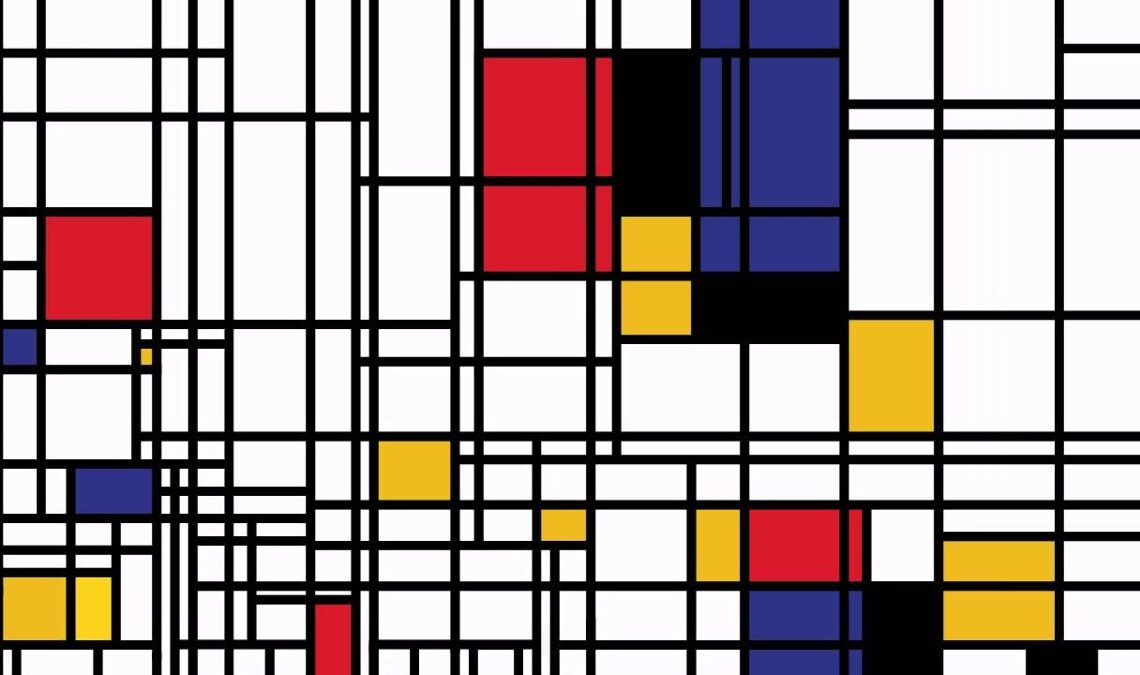
Have you ever wondered why the square was, still is and will be so used in art and architecture?
We can certainly say that it is the most regular figure among the quadrilaterals, it blends the characteristics of the rhombus and the rectangle together, keeping the typical equal sides of the rhombus and the perpendicular angles as the rectangle.
It might seem easy to explain geometry by reducing it to the mere mathematical or, more generally, scientific function, but geometry is above all the formal language of architecture, a useful tool for engineers, architects, surveyors or Interiors to cut, delimit, form…or, simply, to create a space.
A universal language, understandable by everyone, to express a design idea!
The perfection of the square has always been exploited, even in the first century: in Roman times, we find buildings that followed the opus reticulatum technique, for the creation of cementitious works and opus sectile, for the decorations of floors or wall friezes, based on grids of crossed squares, precisely to form a lattice.
The modularity of the square is fundamental and is the basic of the tessellations, apparently complex images, but if we look better, they are just a replica of the module of the square.
Another parallelism that can be made with the square is origami, an oriental technique, which has also spread in the West, which consist of folding a square sheet of paper several times, with the intention of modeling it to obtain a more complex figure. This technique is also used for many installations!
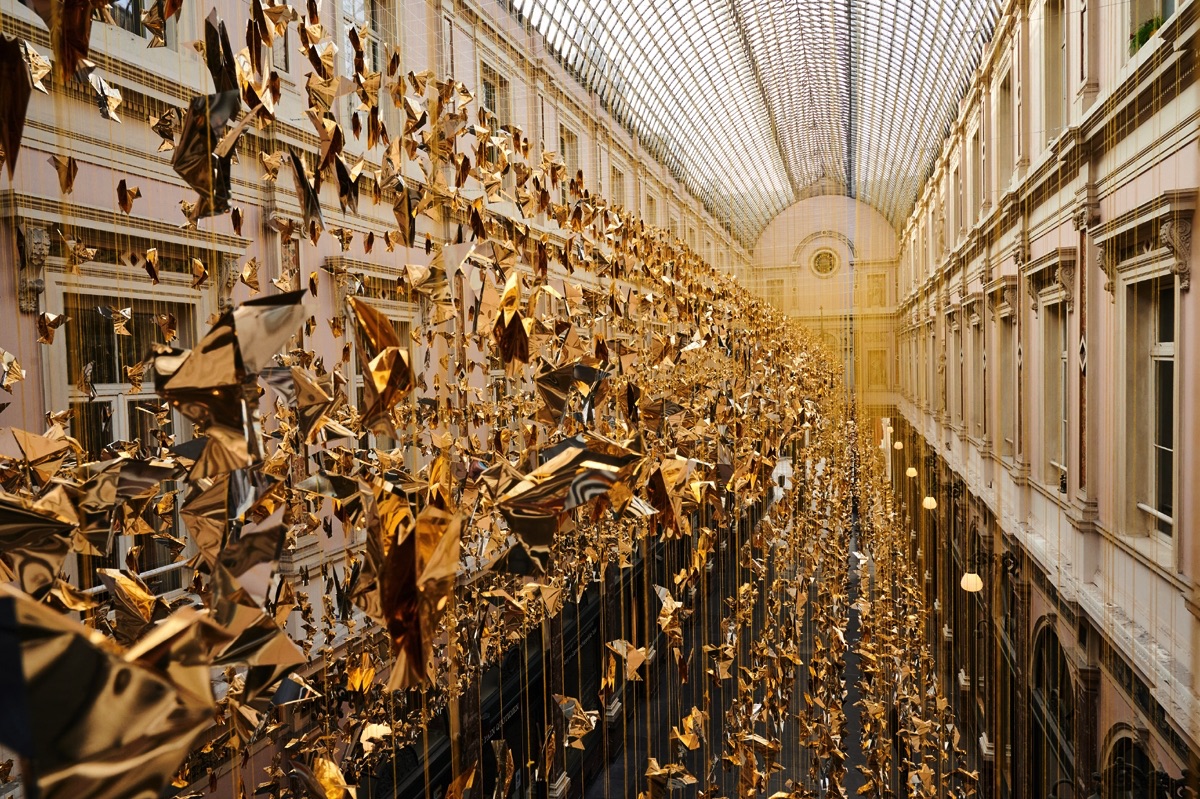
Vitruvian Man
We also find the square in a hidden form, used as a “guideline” to create harmonious relationship in architectural design.
We can found it in the plans of fortresses, chapels, churches and private houses, masterful works by illustrious author such as “La Rotonda” by Palladio, the “Basilica di San Pietro” by Bramante, “Villa Savoye” by Le Corbusier and more…
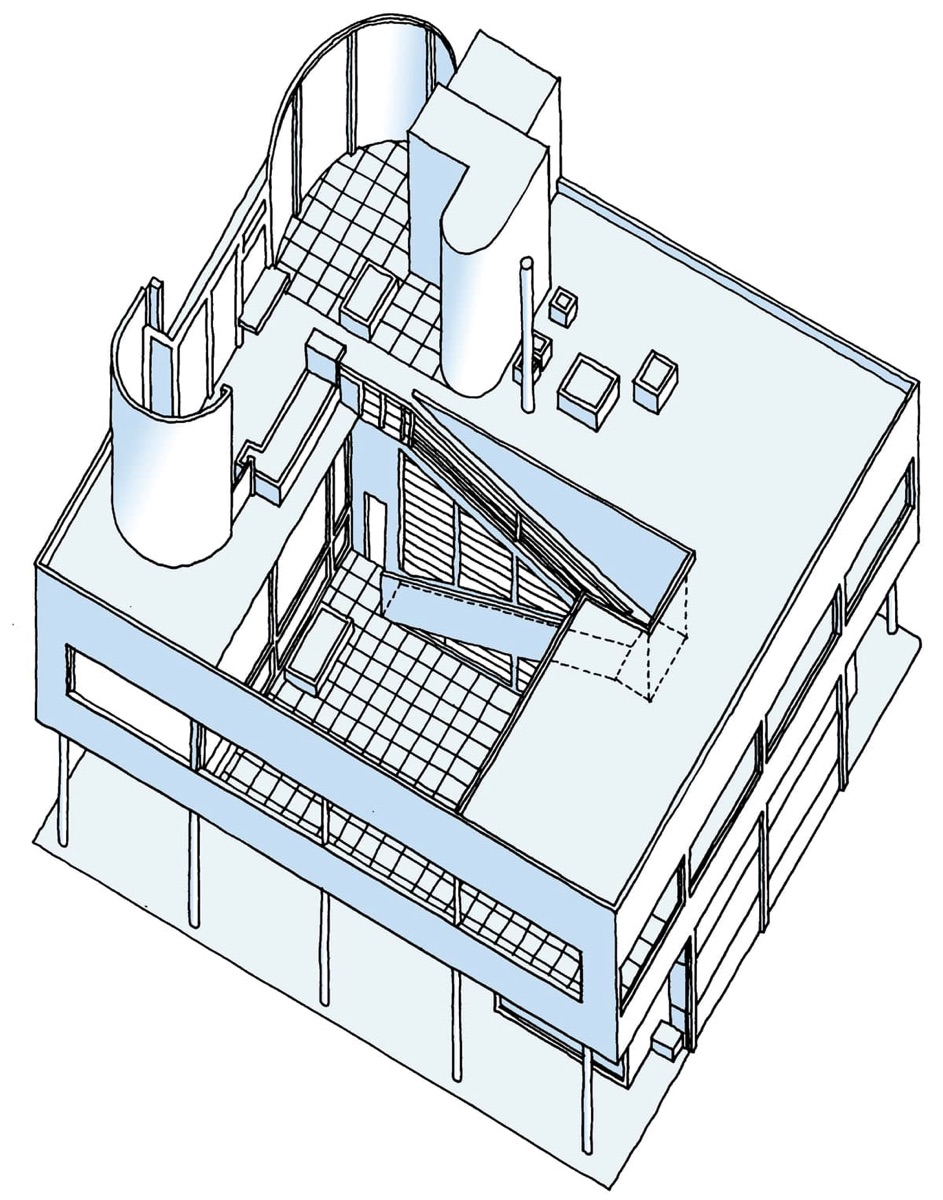
Villa Savoye – Le Corbusier
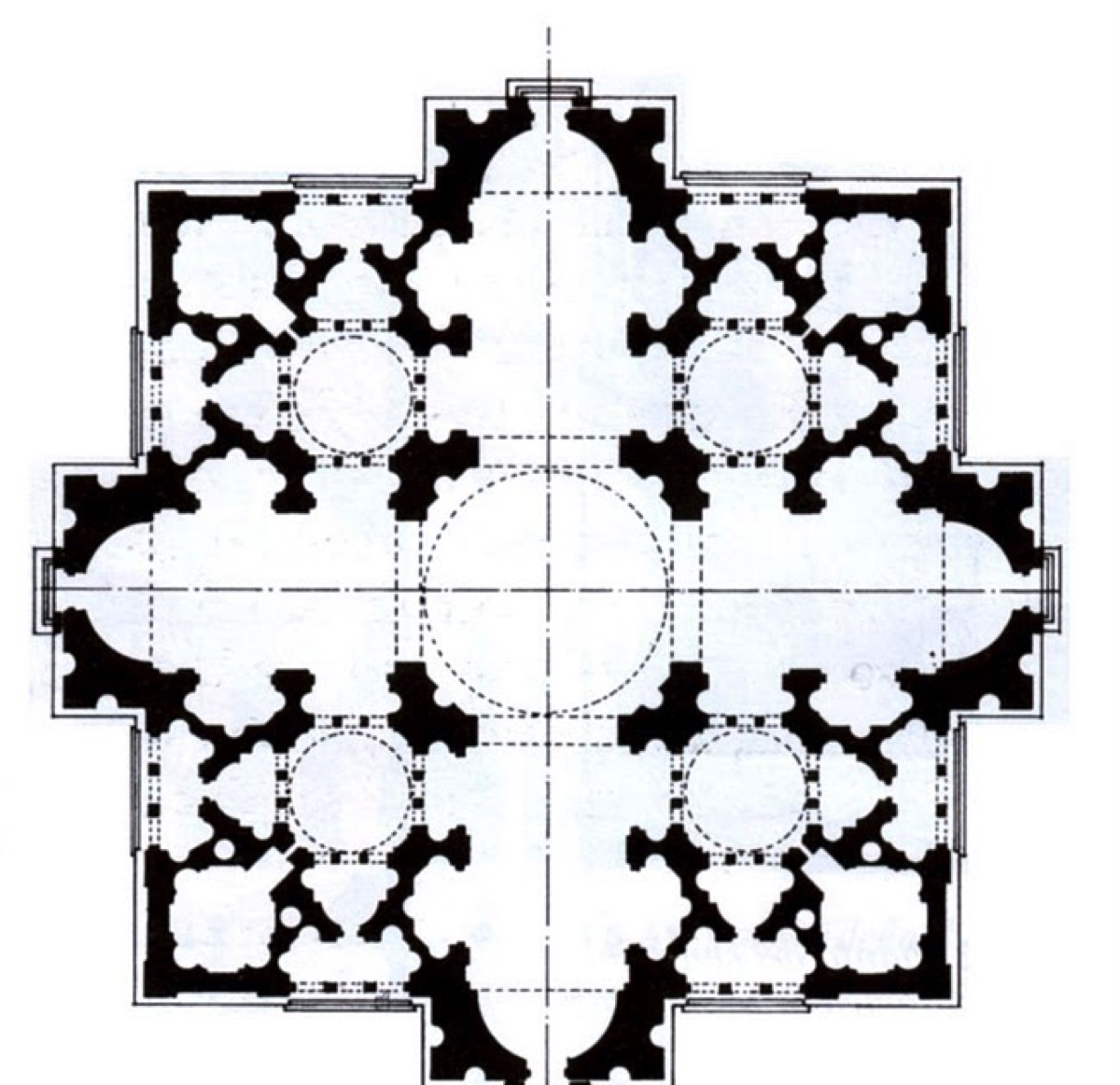
San Pietro Bramante
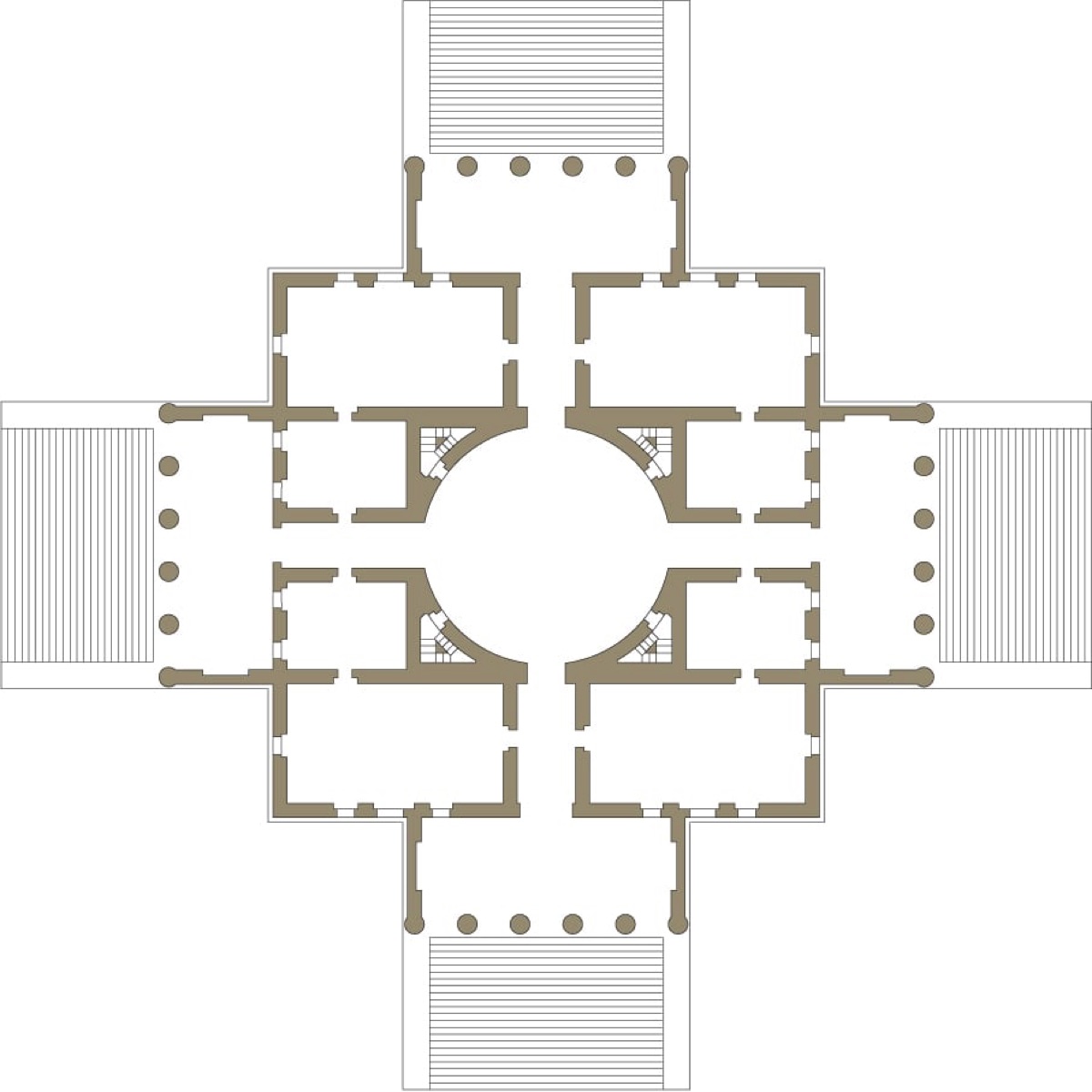
La rotonda Palladio
This feature is not only attributable to the plan of a building, but also in the elevation!
The portico of the “Spedale degli Innocenti” by Brunelleschi, the facade of “Sant’ Andrea” in Mantua by Alberti, re-propose the square as module and sub-module.
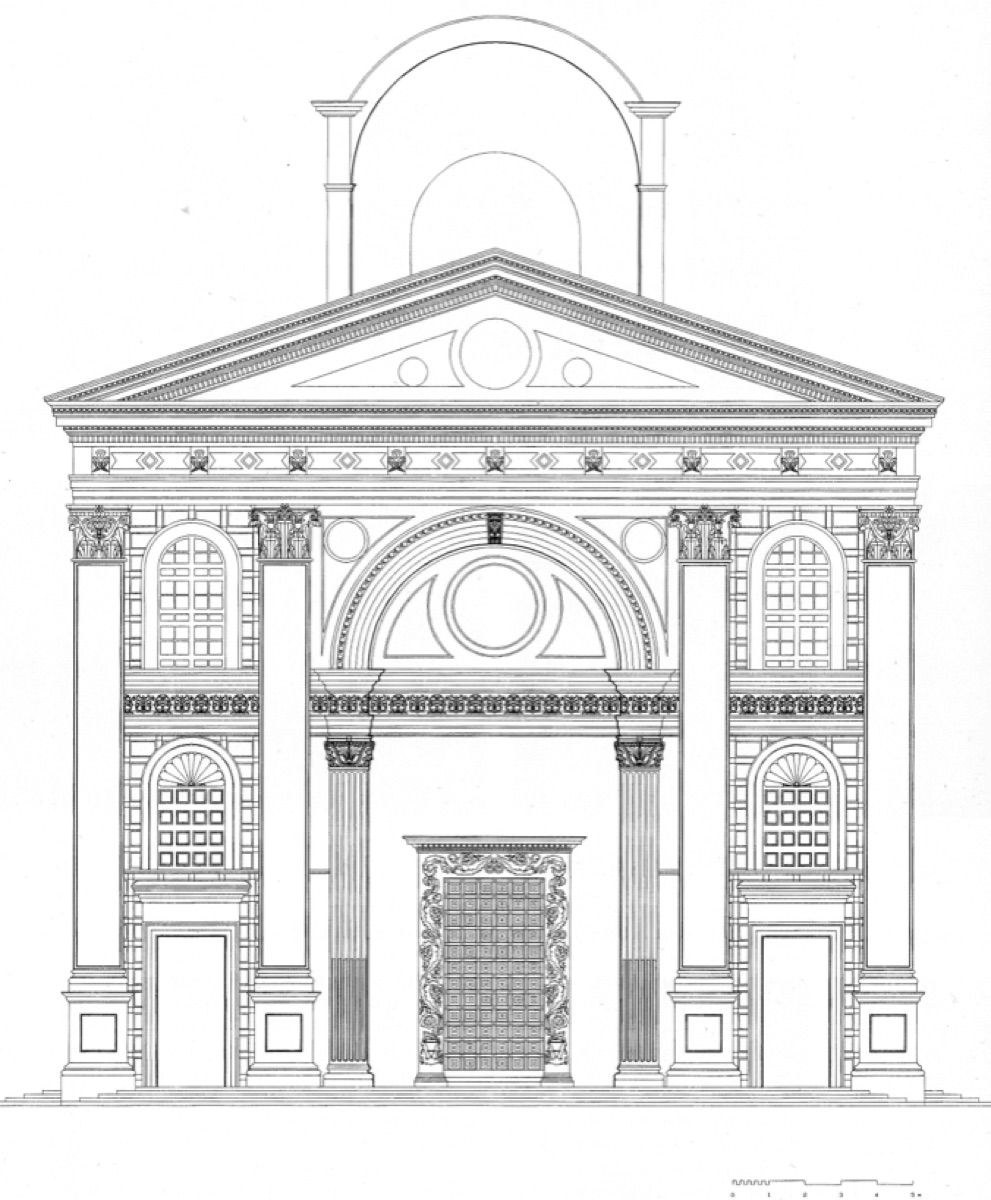
Sant’Andrea in Mantua
Also, in the pictorial world we find the square as a module and, in some cases, it is also chosen as a format.
Leonardo, in one of his most famous drawings, represents the symbolic union between art and science: the Vitruvian Man is perfectly placed inside the circle and the square, shapes considered perfect even by Plato.

Vitruvian Man
Klimt choose the square and uses it as the format of his works, “The Kiss” is an example.
Where this choice come from?
The choice falls on the most rigorous of formats that can be able to transfigure it into a spiritual and infinite space with the gold and curves of his paintings.

Klimt
Different, but always of great interest, are the experiments of the Avant-gardes, where the square itself becomes the pictorial subject.
These are abstract works belonging to movements such as neoplasticism, suprematism, op-art, minimalism and other related to geometric abstraction.
Another noteworthy exponent is certainly Mondrian with his “grid” paintings, where the main theme is geometric rigor, which becomes the subject of the work together with the primary colors.
Mondrian wanted to represent the reality of things, free from any frills, essential, abstract and geometric.
Even Bruno Munari, master of visual arts, was interested in the didactic and expressive aspects of the square, often using it in his paintings, as well as dedicating an entire book to it.
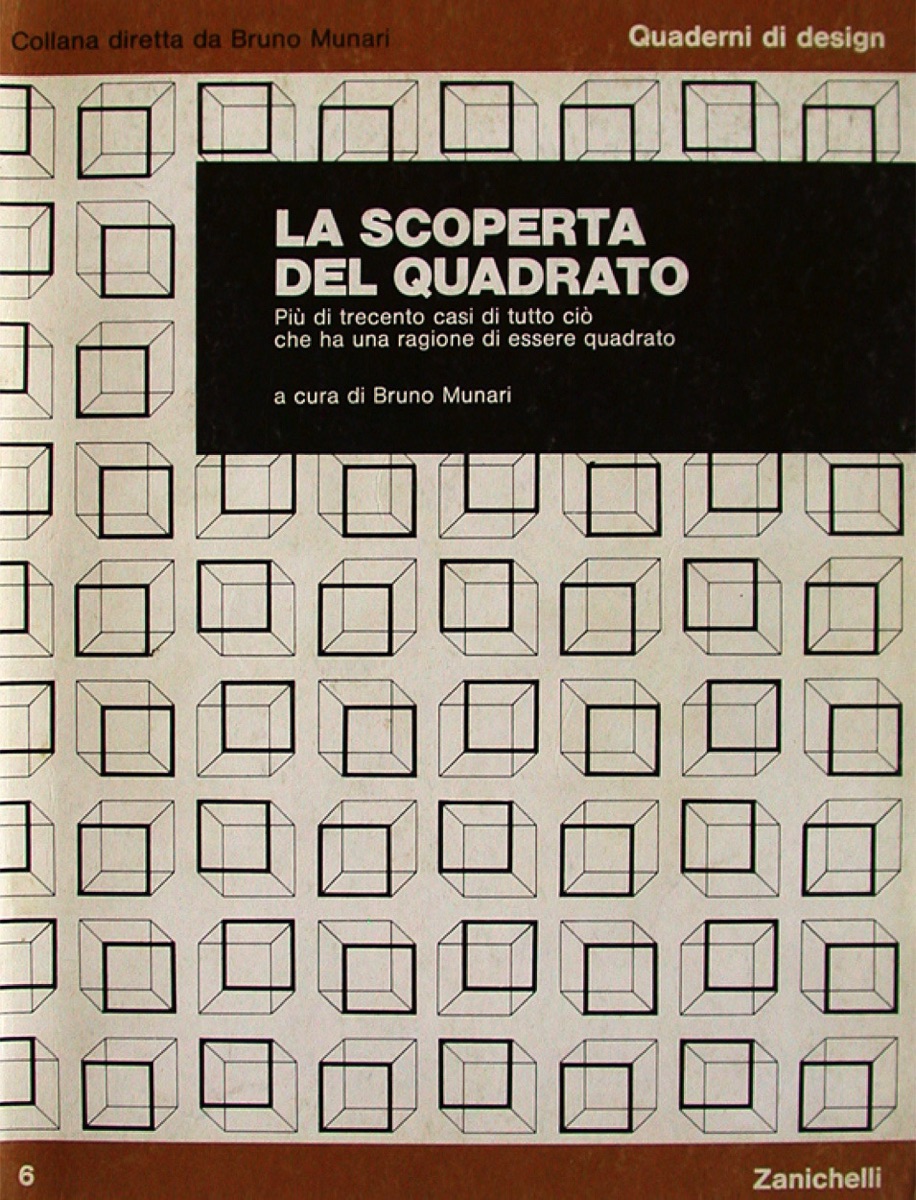
Bruno Munari – La scoperta del quadrato
The exercises on the subdivision of the square are many and of great didactic utility, in fact Le Corbusier, in addition to making extensive use of them, as he defined them as “a guarantee against the will”, publisher some examples, useful both to the architect and to the painter.
Even the well-known golden rectangle is obtained starting from a very simple square. By combining a square with a golden rectangle, a new golden rectangle is created and so on ad infinitum, according to a spiral trend.
Returning to the square as a geometric image, we can use the pixel as an example, an element with a square shape that we all have before our eyes in our daily lives, which inspired many artists to “pixelate” famous paintings that remain recognizable and then Bansky who made a sculptural transposition.
We can also find this effect in times when images had not yet been born, such as the floor designed by Carlo Scarpa for the Palazzo Querini Stampalia in Venice.
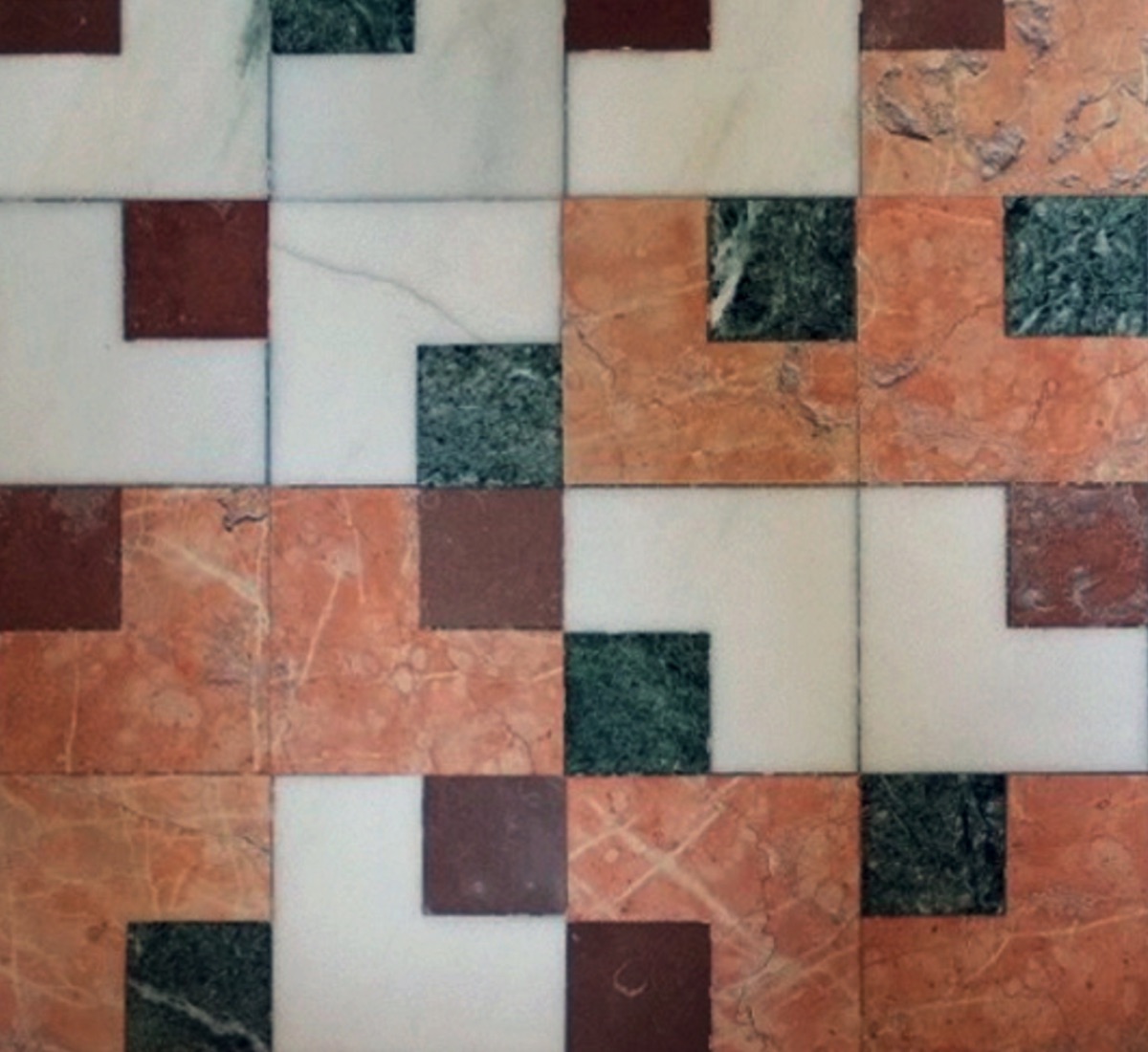
floor designed by Carlo Scarpa for the Palazzo Querini Stampalia
Something similar was also done by Gerhard Richter for the stained-glass window in the south transept of the Cologne Cathedral.
The square also recurs in many contemporary art installations such as the concrete and heavy Oitica or Buren, more ethereal and transparent.
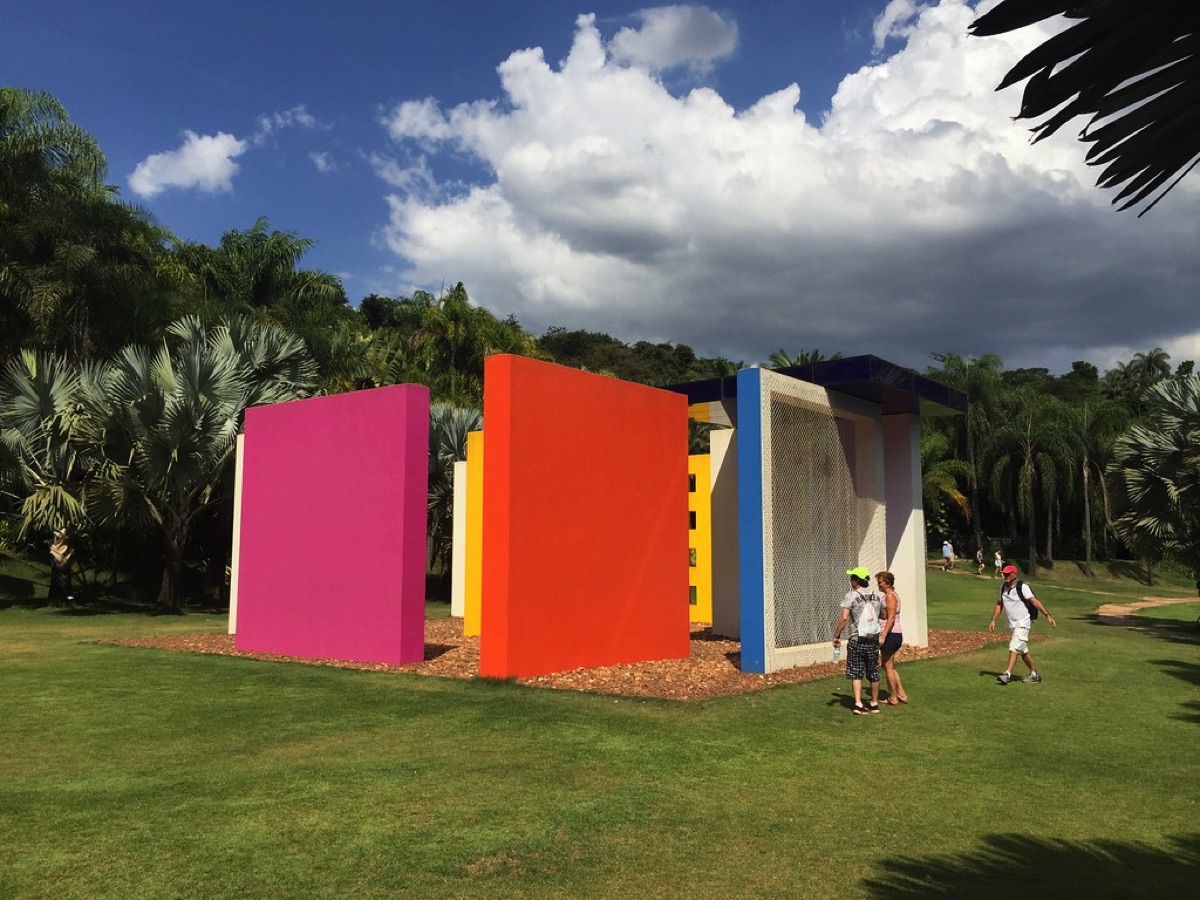
Oiticica Modern art installation
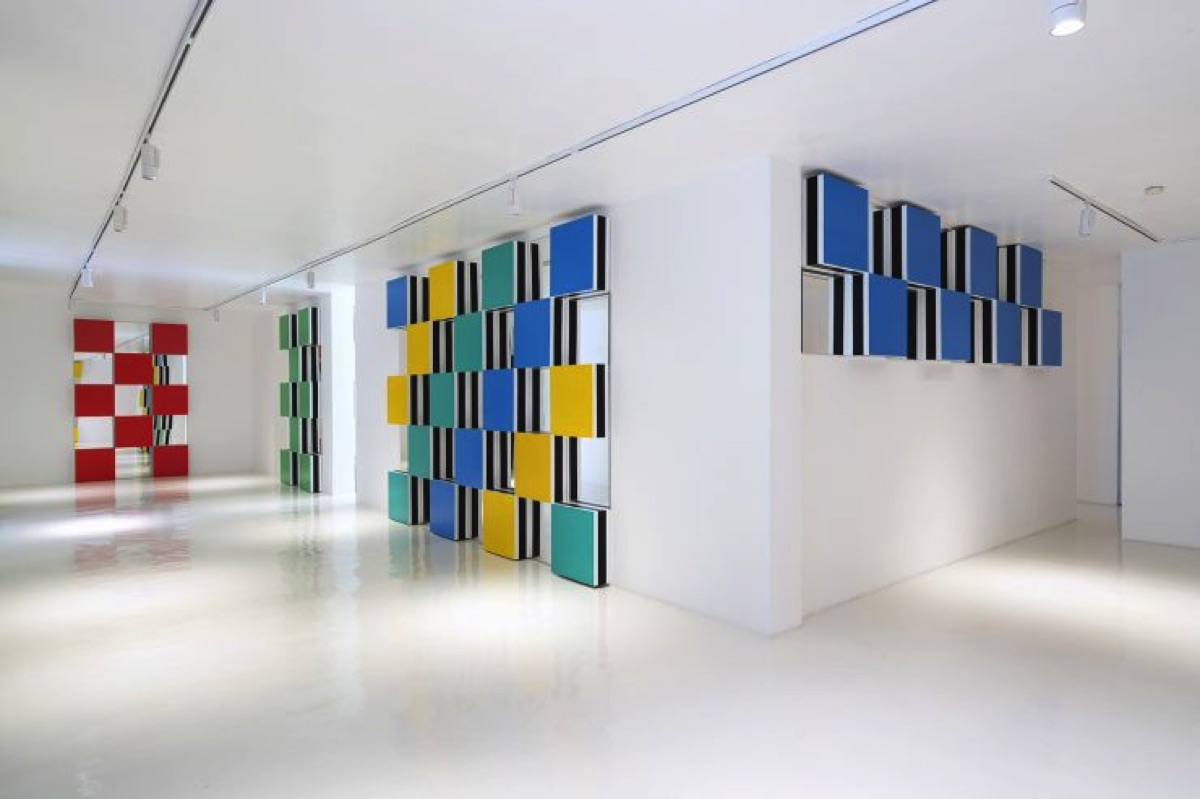
Buren
Other installations show us the square as a structure of light (Flavin) or a frame that frames a forest (Engman). The eCloud installation is also very suggestive, made up of hundreds of opaque and transparent polycarbonate squares that recall a cloud.
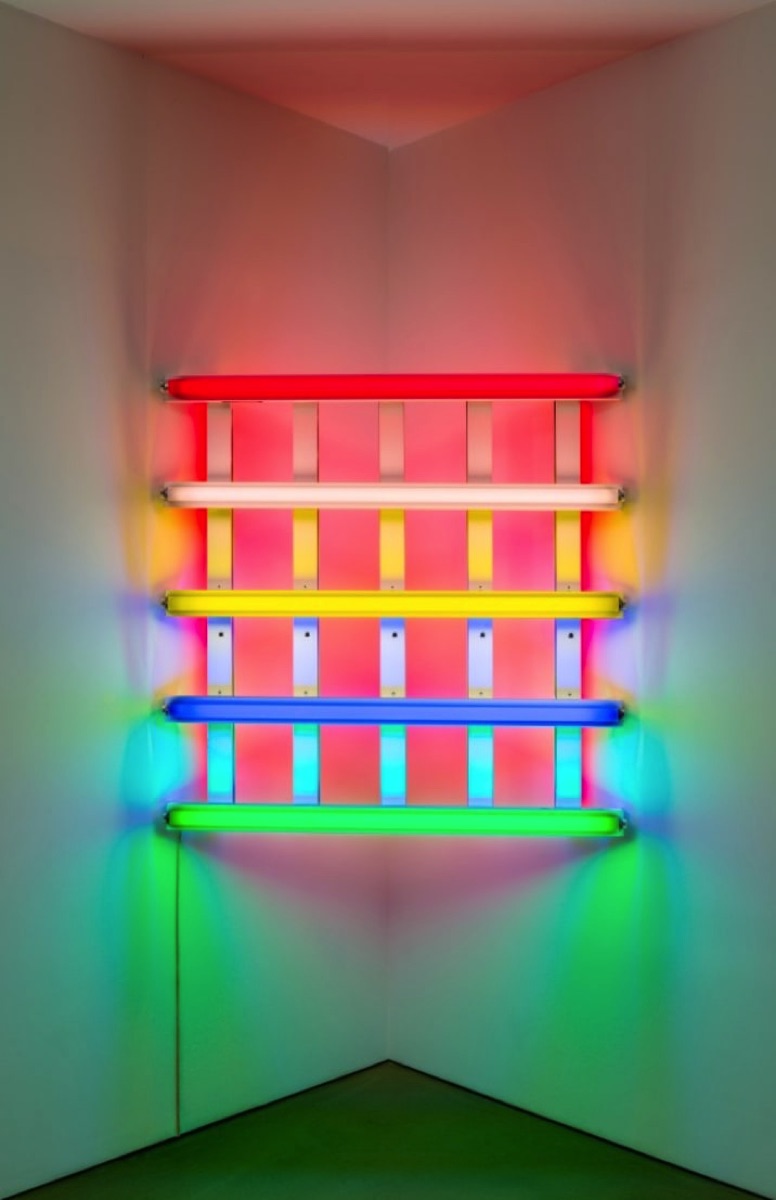
Dan Flavin
In conclusion, we can certainly say that these great artists, in the creation of their masterpieces, always starts from simplicity, and it is precisely there were that genius is born.